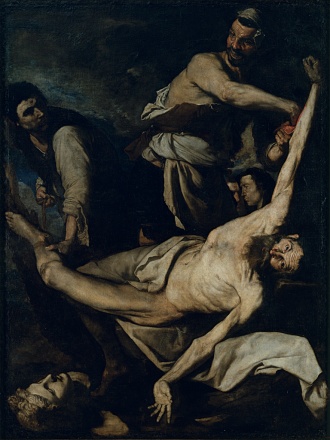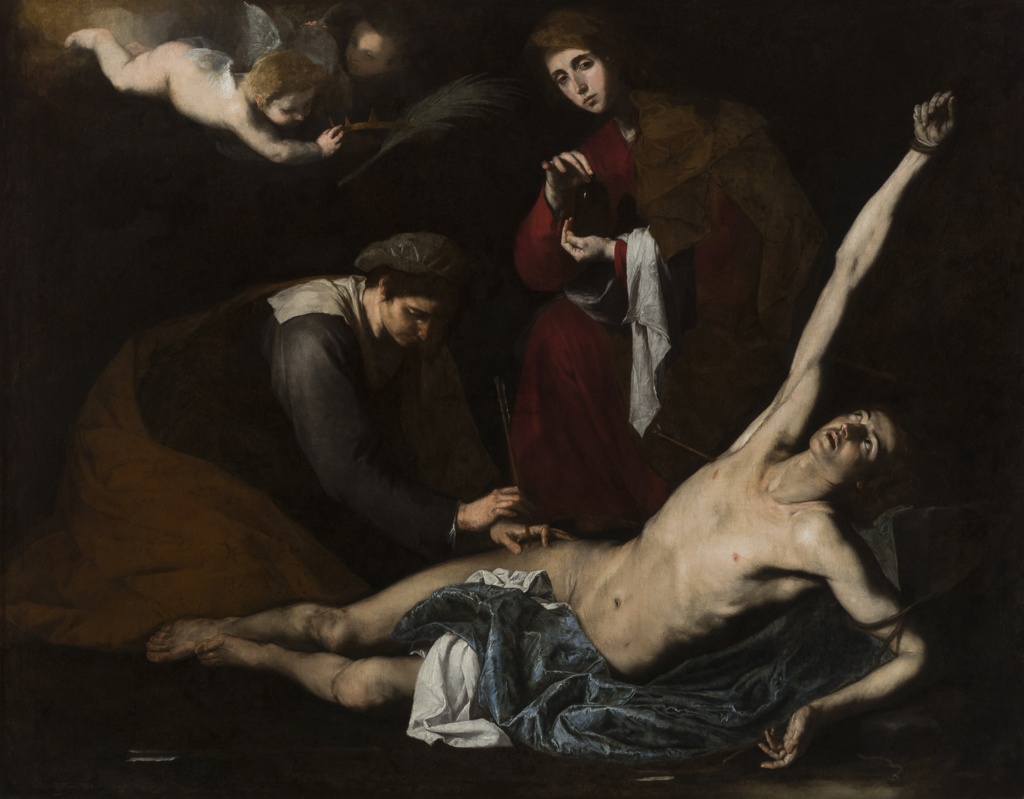This is the last article you can read this month
You can read more article this month
You can read more articles this month
Sorry your limit is up for this month
Reset on:
Please help support the Morning Star by subscribing here
Ribera: Art of Violence
Dulwich Picture Gallery, London
JOSE (JUSEPE) RIBERA was born in Xativa near Valencia, a town famous in Roman times for its linen and where later the Arabs introduced paper-production technologies.

Ribera came from a well-to-do household, but he was attracted by Italy and the career in letters favoured by his family was shunned in favour of adventure. By 1612, aged 21, he was in Rome and lived in the house of a cardinal impressed by his dexterity at copying frescos. Locals started calling him Lo Spagnoletto (the Little Spaniard).

For a while he hung around with the Caravaggisti — artists who followed Caravaggio — but by 1616 he moved on to Naples, then a colony of Spain, where he prospered. He died in 1652, four years after the defeat of the year-long Masaniello rising against Spanish rule.
As this exhibition reveals, there is an eerie topicality to Ribera’s work and it's been described as inducing a sense of “startling dread.” He painted and etched the horrors and reality of human cruelty, as well as the ensuing suffering, by putting truth before codifying idealism and to this day his uncompromising approach makes many uncomfortable.
The images are simultaneously repulsive and appealing in the depiction of trauma and interminable torment — a reflection of that visited on thousands by the rampant Catholic counter-Reformation. His aggressively dynamic composition is one that may appear grotesquely overdone or improbably staged, as in the Martyrdom of Saint Bartholomew (pictured), but in fact he breaks most canons of the epoch with astonishing effect and an irreproachable anatomical logic.

Like Caravaggio, he painted directly from live models who were predominantly ordinary people and further drama is added by the tenebrist technique — a much darkened chiaroscuro — he employed, where light only captures the sparsest of detail.
Ribera’s horrors are still palpable but immersed in semi-darkness, as if hidden. These are the dark corners of the human spirit — bringing to mind Guantanamo interrogators, the morally deranged, sadistic Isis disciples or the indescribable horrors perpetrated against the Rohingya — and, says the gallery's director Jennifer Scott, “We invite contemporary audiences to engage directly with the art of the past to discover echoes of today’s world.”

Ribera influenced Diego Velasquez and Bartolome Murillo, but, more importantly, he was the most significant Spanish printmaker before Goya who would, 100 years later, equal his precursor with the seminal Los Caprichos and Disasters of War.
There is much to provoke and inspire contemporary artists in what's on show here too.
Runs until January 27 2019, box office: dulwichpicturegallery.org.uk.









